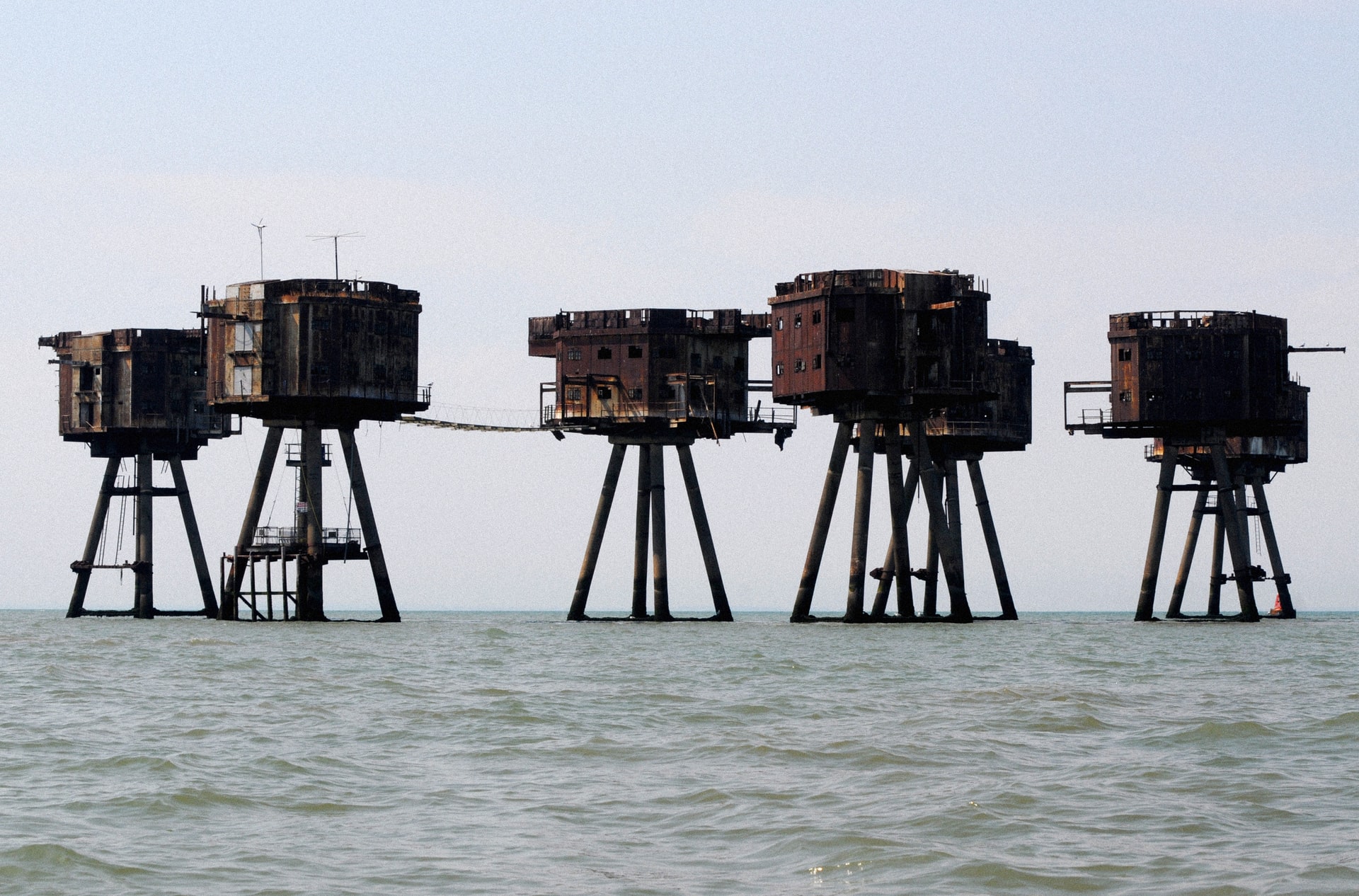This multi-disciplinary project hosted by Kent Interdisciplinary Centre for Spatial Studies with Focal Point Gallery shed light on Britain’s largest Waterway at a time when limitations on access loom.
This series of online events at the end of last year, explored the public right to culture across Britain’s largest waterway. Through a series of discussions experts considered past, present and future uses to understand if a creative commons might be possible, and what structures would need to be in place to establish a holistic model of stewardship that sustains the unique landscapes, habitats and communities of the Thames Estuary.
This series of discussions, organised by the ‘The Thames Estuary: A Creative Commons? Project, was a collaboration between Focal Point Gallery, Kent Interdisciplinary Centre for Spatial Studies – KISS led by Dr Joseph Tzanopoulos with Dr Khalil Betz-Heinemann and Quota Heritage lead Ken Whittaker, resulting from an Ideas Lab led by University of Essex as part of Creative Estuary. This talks series forms part of the public programme for FPG’s exhibition Tip of the Iceberg.
At a time when the proposed Thames freeport might re-impose limitations on public access to parts of the estuary the project aimed to explore the past, present and future creative relationships between people, landscape and wildlife. Tzanopoulos vision was that the event would ‘bring together academics, artists and practitioners to explore the public right to culture across Britain’s largest waterway, the Thames Estuary’.
The first of the panels ‘Historical Commons and Landscape Character’ was an assessment of the various common practices and uses of the Thames Estuary region, and how these histories might be alive today in the stewardship of its land and waters. A conversation with Kathi Bauer, Dr Ian Bride, James Piers Taylor and Mark Walton, chaired by Dr Khalil Betz-Heinemann.
Next, ‘Commons, Ecosystems and Public Interventions’ was an exploration of the current creative uses of Estuary land through individual and collective action, such as artistic intervention in the work of contemporary novelists, poets, musicians and artists, or in how we use our land and what we produce, the food systems and structures that and its value to people and wildlife. A conversation with Graham Burnett and Rosanna Vitiello, chaired by Ken Whittaker.
Lastly, ‘The future of Estuary Commons’ presented a look ahead to consider how we might harness the Estuary to ensure our communities can take ownership of this common resource for the betterment of cultural practice, through creative practitioners making interventions and addressing the challenges between public and private spaces. A conversation with Victoria Barrow-Williams, Prof Robert Fish and Emma Edmondson chaired by Hayley Dixon.

